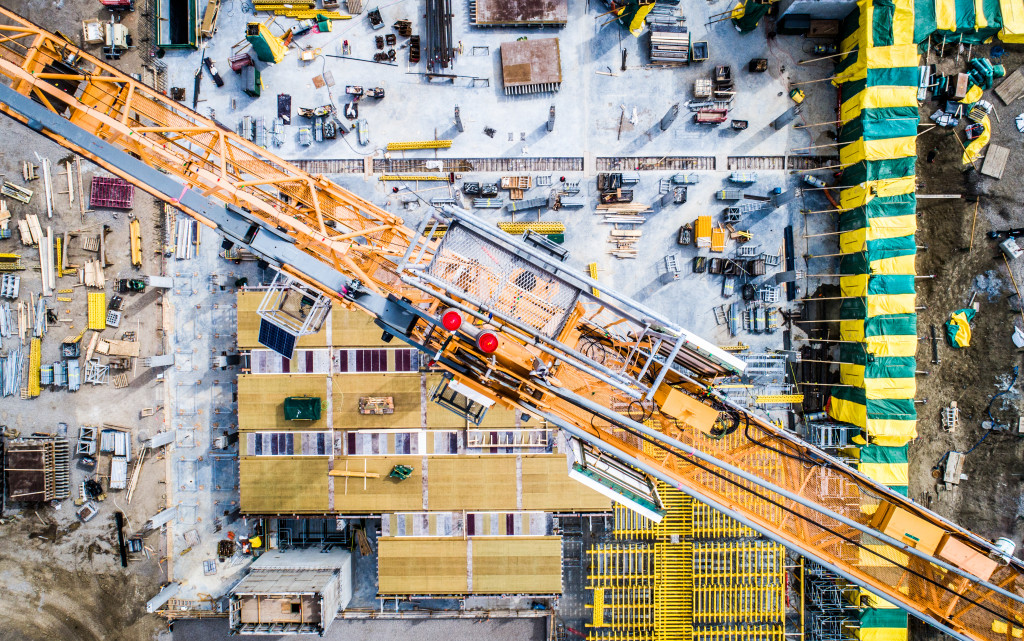- Read the user manual, understand the manufacturer’s instructions to use the equipment properly, and void the warranty.
- Train staff on proper usage, handling, and cleaning procedures.
- Store equipment in a dry, clean environment free from heat, moisture, or dust.
- Create a maintenance schedule for inspections, lubrication, and replacement parts.
- Regularly clean and inspect equipment for underlying issues.
Business equipment is an essential investment for every enterprise, and proper maintenance is critical to ensure its longevity. However, many business owners neglect this and incur costly repairs or replacement expenses. This blog post will explore some proactive measures you can take to prolong the lifespan of your business equipment and maximize your ROI.
Read the Manufacturer’s Instructions and Follow Best Practices
When you purchase business equipment, reading the user manual and understanding the manufacturer’s instructions is vital. These instructions provide valuable information about the recommended maintenance practices, safety procedures, and operating parameters. Following the best practices ensures that your equipment’s components work optimally and reduces the chances of premature wear and tear.
It is essential to ensure that you use the appropriate cleaning agents, lubricants, and other maintenance or replacement parts. Don’t use materials that can damage your equipment or void your warranty. If you’re unsure which maintenance practices to perform, consult the equipment’s documentation or a professional technician.
Use the Equipment Properly
Inappropriate equipment usage is one of the primary reasons for damaging or reducing the lifespan of business equipment. Misusing equipment can occur through improper handling, overloading or overheating, using it for the wrong purpose, or neglecting to follow the manufacturer’s instructions.
Ensure you and your staff are adequately trained on the equipment’s proper handling, cleaning, and other usage procedures. Establish clear protocols for using each piece of equipment and only use it according to its intended purpose.
Store and Transport Equipment Properly

Storing and transporting equipment properly can help avoid damage to the equipment and prolong its lifespan. Incorrect storage practices may lead to equipment corrosion or injury, while improper transport may result in vibrations or collisions that damage the internal components.
Ensure you store your equipment in a dry, clean environment free from heat, moisture, or dust. Use protective covers or cases to keep the equipment in optimal condition. One great example here is using wheel socks for forklifts. Wheel socks are a must-have for any company using this type of heavy equipment, as they prevent damage from the tires grinding against concrete and other surfaces while moving.
Conduct Regular Inspections and Maintenance
You must regularly maintain and inspect your machines to function optimally. Proper maintenance and inspection of your equipment safeguard your investment and prevent downtime. These efforts together reduce unexpected maintenance costs and extend your machines’ longevity.
Create a Maintenance Schedule

Creating a maintenance schedule outlines all the essential maintenance activities your equipment needs. Your maintenance schedule should indicate inspection levels, lubrication requirements, and a replacement timeline.
Ensure Adequate Lubrication
Adequate lubrication in your equipment’s moving parts slows down wear and tear, enhances efficiency, and increases the equipment’s life span. Each piece of equipment has its lubricant requirements; for instance, you should use oils, grease, or other lubricants when necessary depending on the equipment’s application.
Regularly Clean Your Equipment
Regular cleaning of your machinery helps keep dirt, debris, and contaminants, which can cause severe malfunctioning in the equipment at a minimum. How often you clean depends on the kind of equipment and the environment.
Regular Inspections
Regular checks on the equipment enhance the identification and elimination of any underlying issues before they worsen. Breakdowns can happen at any time, and infrastructure maintenance can be costly. These events and the downtime resulting from stoppages represent additional expenses that could be avoided through regular inspections.
Consider Upgrading or Replacing Outdated Equipment
Despite all your efforts to prolong the lifespan of your business equipment, there may come a time when you need to upgrade or replace outdated equipment. Newer models may offer better performance, reduced operating costs, and improved safety features that cannot be found in older equipment.
Before deciding to replace your equipment, consider factors such as repair costs, availability of spare parts, and industry regulations. Also, consider how your gear fits into your long-term business goals and initiatives.
Final Thoughts
Implementing these proactive measures can help you prolong the lifespan of your business equipment and boost your ROI. Following the manufacturer’s instructions, conducting routine inspections, proper usage and handling practices, adequate storage and transportation, and upgrading or replacing outdated equipment are some ways to achieve this goal.
Proper equipment maintenance is a small investment that can yield significant returns by reducing repair and replacement costs, increasing uptime, and ensuring your business runs smoothly.





